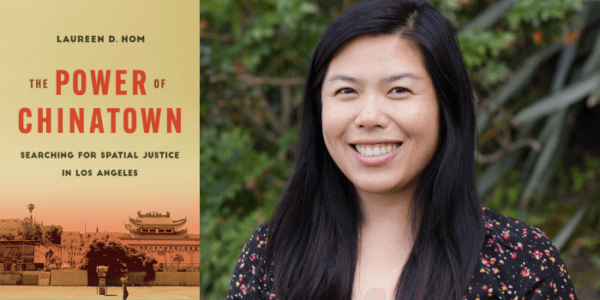About the Book
Urban Chinatowns are dynamic, contested spaces that have persevered amid changes in the American cityscape. These neighborhoods are significant for many, from the residents and workers who rely on them for their livelihoods to the broader Chinese American community and political leaders who recognize their cultural heritage and economic value. In The Power of Chinatown, Laureen D. Hom provides a critical examination of the politics shaping the trajectory of development in Los Angeles Chinatown, one of the oldest urban Chinatowns in the United States.
Working from ethnographic fieldwork, Hom chronicles how Chinese Americans continue to gravitate to this space—despite being a geographically dispersed community—and how they have both resisted and encouraged processes of gentrification and displacement. The Power of Chinatown bridges understandings of community, geography, political economy, and race to show the complexities and contradictions of building community power, illuminating how these place-based ethnic politics might give rise to a more expansive vision of Asian American belonging and a just city for all.
Working from ethnographic fieldwork, Hom chronicles how Chinese Americans continue to gravitate to this space—despite being a geographically dispersed community—and how they have both resisted and encouraged processes of gentrification and displacement. The Power of Chinatown bridges understandings of community, geography, political economy, and race to show the complexities and contradictions of building community power, illuminating how these place-based ethnic politics might give rise to a more expansive vision of Asian American belonging and a just city for all.

